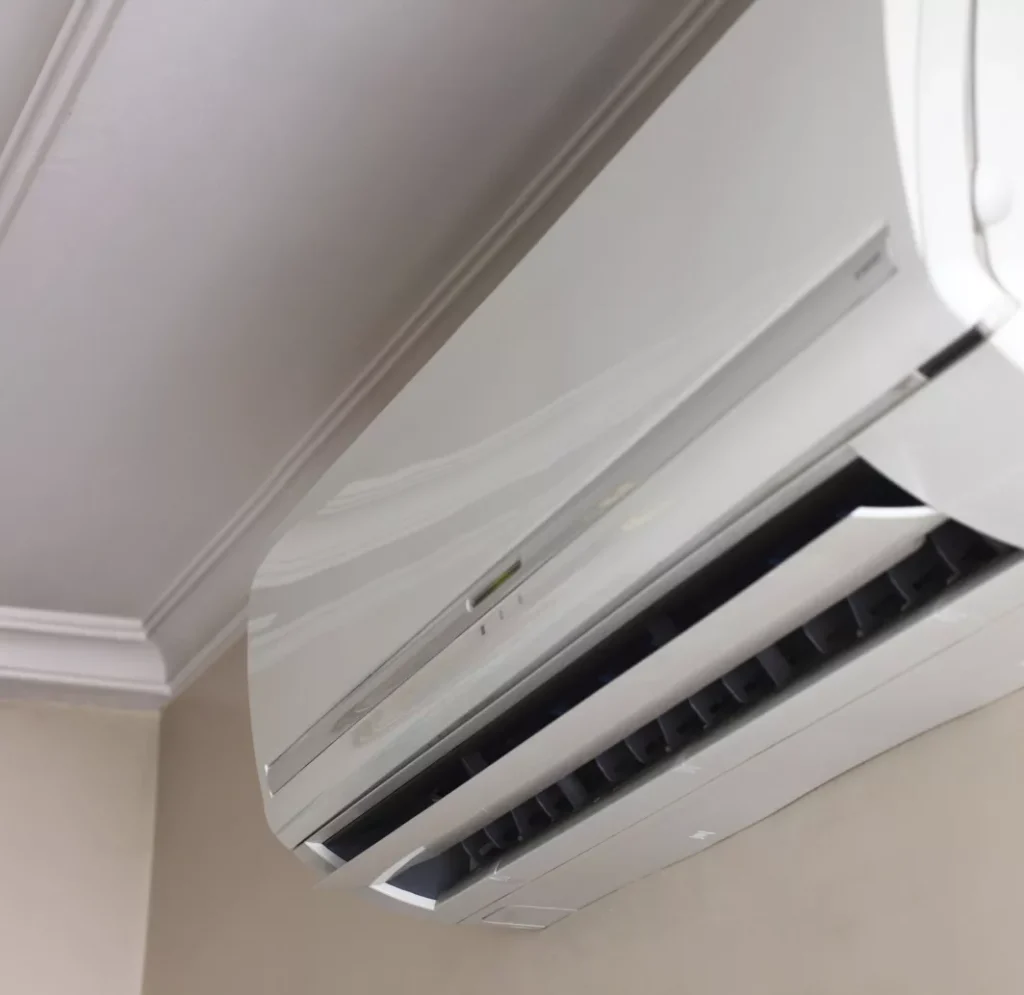Mini Split Ac Installs Easily Without Major Home Renovations
Mini split air conditioning systems are becoming a popular choice for homeowners looking to install efficient and effective cooling solutions without the need for extensive home renovations. One of the key advantages of mini split systems is their flexibility in installation. Unlike traditional HVAC systems that require ductwork, mini splits consist of two main components: an outdoor condenser unit and one or more indoor air handling units. These units are connected by a small conduit that houses the power cable, refrigerant tubing, and a condensate drain line. This setup means the installation process is relatively simple and minimally invasive. Since mini split systems do not rely on ducts, there is no need for large-scale renovations like wall tearing, extensive ductwork, or major reconfiguration of the home’s existing infrastructure. In most cases, installation requires just a small hole in the wall to connect the indoor and outdoor units. This makes mini splits ideal for homes that do not have existing ductwork, as well as for adding additional cooling to specific rooms or spaces without disrupting the entire home.

The installation process is typically quick and straightforward. With professional help, the units can be installed in just a few hours, and homeowners can start enjoying the benefits of better temperature control almost immediately. Since the systems are highly customizable, they can be placed in nearly any room, whether it is a living room, bedroom, or even a basement or attic. The flexibility also extends to their ability to cool and heat, providing year-round comfort. Another benefit is that mini splits are energy-efficient, which can help lower utility bills. These systems use inverter-driven compressors that adjust the system’s output to the actual cooling or heating needs of the room, meaning they do not have to work at full capacity all the time. This on-demand energy use, combined with their zoned cooling capabilities, ensures that you only use energy where it is needed, without wasting energy in unoccupied areas.
Beyond just installation, mini split ac systems are also known for being quieter than traditional air conditioners. The indoor units are designed to operate silently or at a very low noise level, creating a more comfortable environment without disruptive background noise. This makes mini splits especially popular in bedrooms or spaces where silence is essential. In summary, mini split air conditioning systems offer an easy-to-install, efficient, and quiet solution for cooling or heating your home. They require no major renovations and can provide precise control over temperatures in specific areas, making them a versatile and cost-effective option for modern homes. Mini splits also offer heating capabilities in addition to cooling, making them a year-round solution. This is achieved through a heat pump function, which allows the system to reverse the cooling process and heat the room when needed.
